Rims and Rear Wheel Hubs
What's The Difference?
by Alan Buehner
Originally printed in the 2004 issue #24 of Still….Keeping Track
The purpose of this article is to provide information about parts on the Penton motorcycles in order to identify and know what the difference is. This should be especially helpful for anyone who has one or two Penton motorcycles and is not familiar with the models sold.
WHEELRIMS
There were 5 styles of rims that crune on the Penton Motorcycles:
Photo A - Radaelli "flat style"
Photo B - Radaelli "raised edge style"
Photo C - Akront
Photo D - Sun
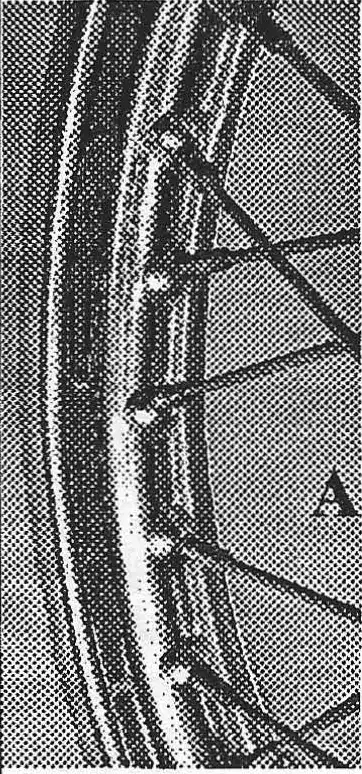
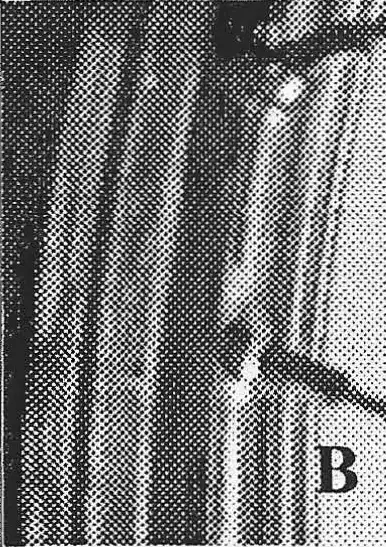
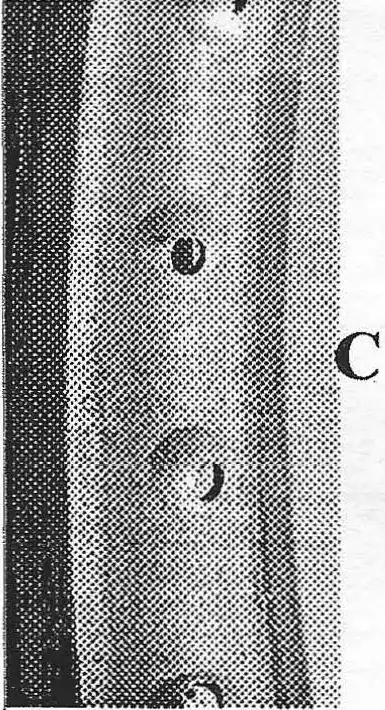
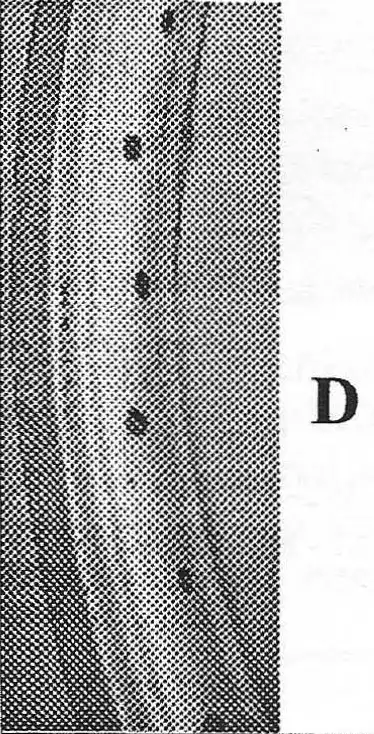
Not shown - Borrani (stamped on the rim) "raised edge" rims came on the first several shipments of 1968 Pentons. They were alloy rims with deep "mud catcher" edges.
The Radaelli "flat style" chromed steel rims came equipped on all the steel tank bikes from late 1968 thru 1971.
In 1972 the CMF bikes came equipped with stronger Radaelli "raised ridge style" chromed steel rims. These were used on the 100/ 125 bike up to 1975. They were used also on the 175 up until 1973.
The Akront alloy rims were first used on the 1973 250's which helped to lighten the bikes and with the "raised edges" made them strong. Akronts were equipped on all 1974 175 and 400's up until 1975. The problems encountered with the Akronts were mud build-up in between the raised edges.
The Sun alloy rims had a shoulderless design which eliminated the problem of mud build-up. They came equipped on the 1976 and 1977 MC5 bikes and the 1977 GS6 bikes.
REARHUBS
There were 4 types of rear hubs used during the life of the
Penton motorcycles.
Photo (unavailable)- straight with rectangular lugs
Photo J - straight with small round lugs
Photo E - straight with large round lugs
Photo F - conical

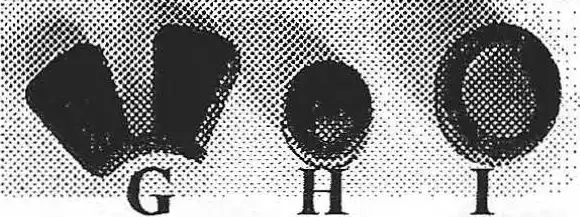
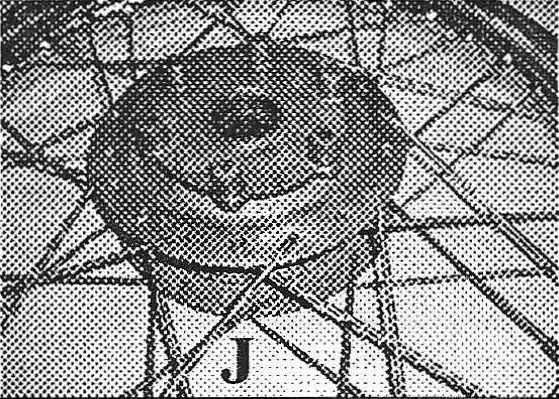
There were 2 styles of hubs, the straight which used a separate sprocket carrier (see photos E & J) and the conical (photo F) in which the sprocket was bolted directly to the hub. The straight styles had the advantage of being able to remove the rear wheel without having to remove the chain because the separate sprocket carrier (photo K) had it's own axle to attach it to the swing arm. Rubber shocks (photos G, H, & I) were used between the hub and sprocket carrier to cushion the impact from acceleration and give longer life to the chain and rear sprocket.
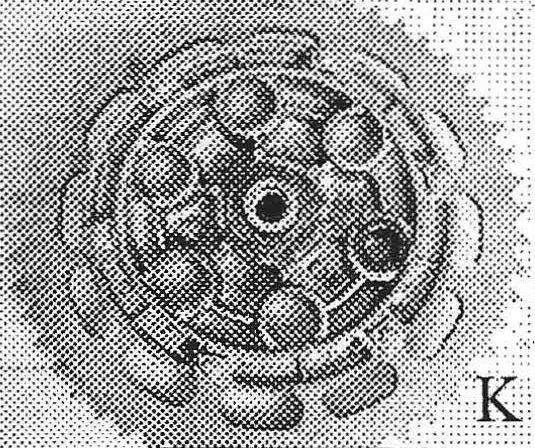
The very early 1968 model Pentons were the only bikes (approximately 300) to use the "butterfly style" rubber shocks (photo G). These were used with the hubs which had rectangular shaped lugs. The sprocket carrier was unique · that it only had 4 sprocket bolts. The design was not strong enough to withstand the power output of the Sachs engine which caused the lugs to crack and break. These hubs are very difficult to find because of this problem and it was only equipped for one year.
The later 1968 model Pentons were equipped with hubs with 6 small round lugs (photo J) and these used the small round rubber shocks (photo H) that fit inside the matching sprocket carrier (photo K). This set-up was used on all of the Sachs powered Pentons from late 1968 until 1974.
In 1972 the new 175 Jackpiners were equipped with the small size rubber cush drive assembly. However, the increased power output of the 175 would wear out the rubber shocks causing back and forth movement between the hub and sprocke carrier. If this "slop" was not repaired by replacing the rubbe shocks, the lugs on the hub would eventually be broken off. The fix for this problem was a new hub assembly which had large diruneter lugs (Photo E) and used the large size rubber shocks (photo I). This new set-up was used on the later 1973 Jackpiners and the 1974 & 75 lOO's and 125's when the supply of small size sprocket carriers ran out at the factory.
In 1973 the new 250 Hare Scramblers came equipped with conical rear hubs (photo F). This eliminated the cush drive set-up and breakage problem. Starting in 1974 all the 175's and then new 400's were also equipped with the conical rear hub.


